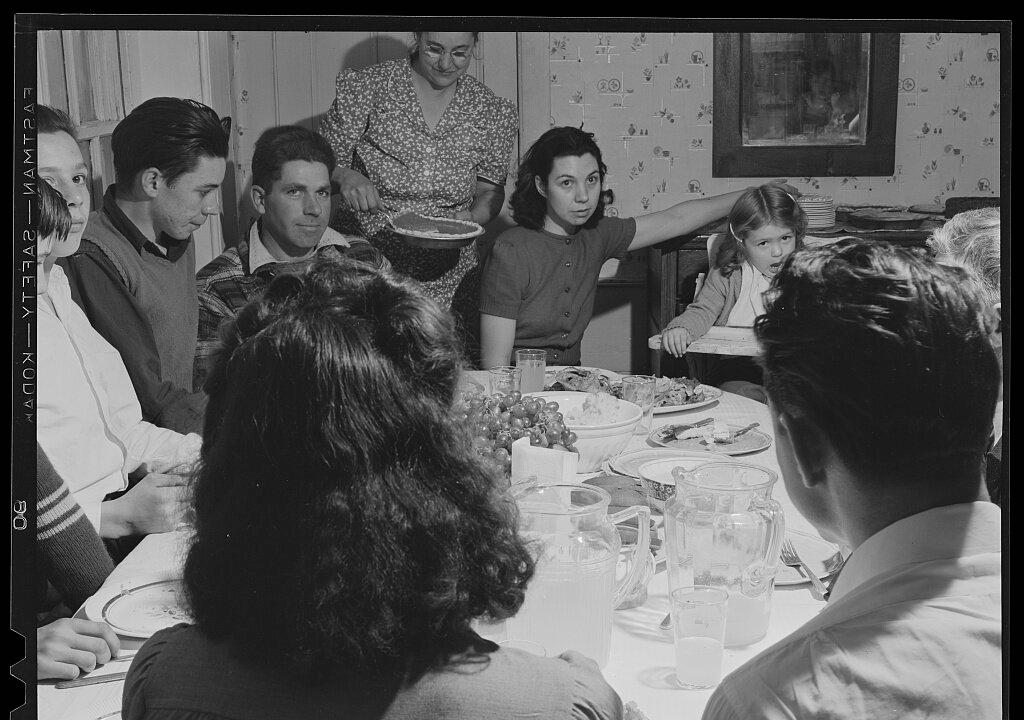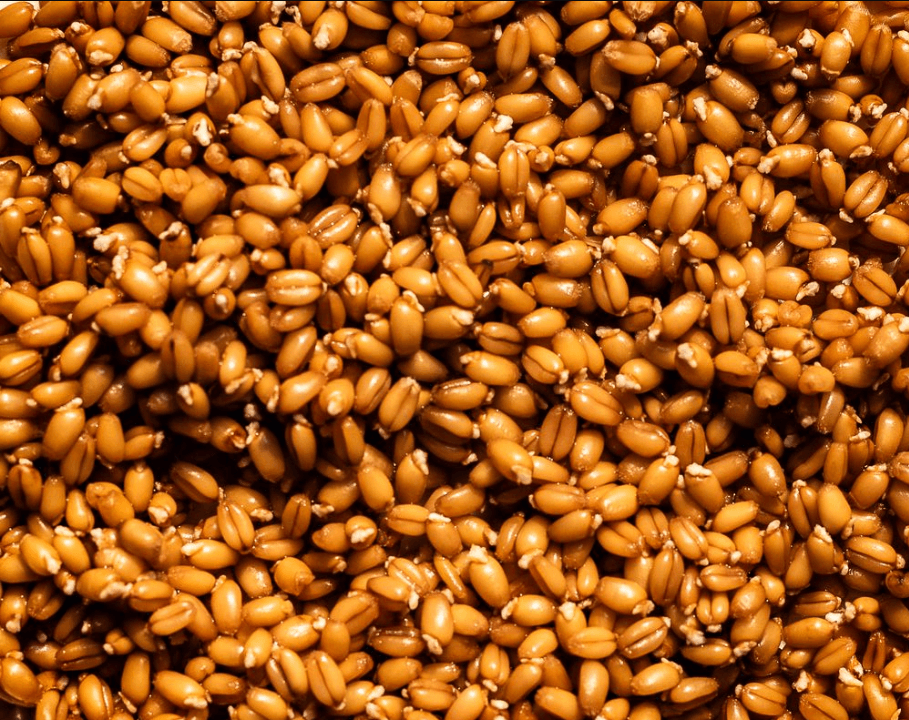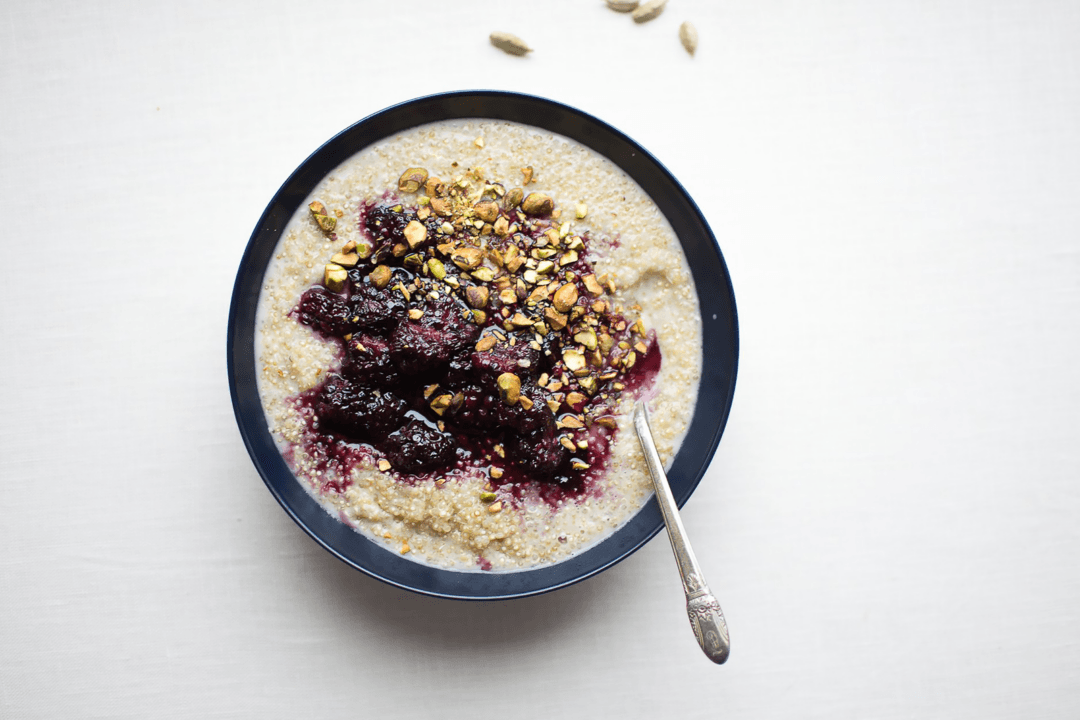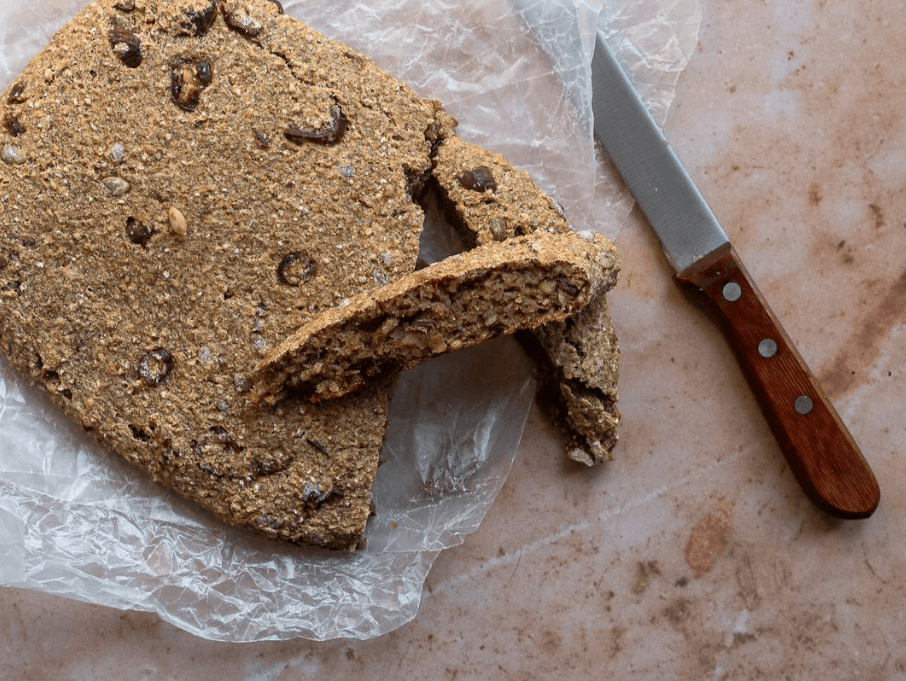Many Thanksgiving shoppers will head to the grocery store this year with some measure of trepidation. Skyrocketing food costs mean that many holiday staples are considerably more expensive this year than last. Turkey will cost about a dollar more per pound, butter prices have nearly doubled, and a pound of pumpkin will cost you roughly three times more this year than it did last year.
While squaring your food budget with inflated food prices may leave you wondering just how you’ll pull off your family’s annual Thanksgiving feast, it isn’t the first time Americans have been faced with such a dilemma.





